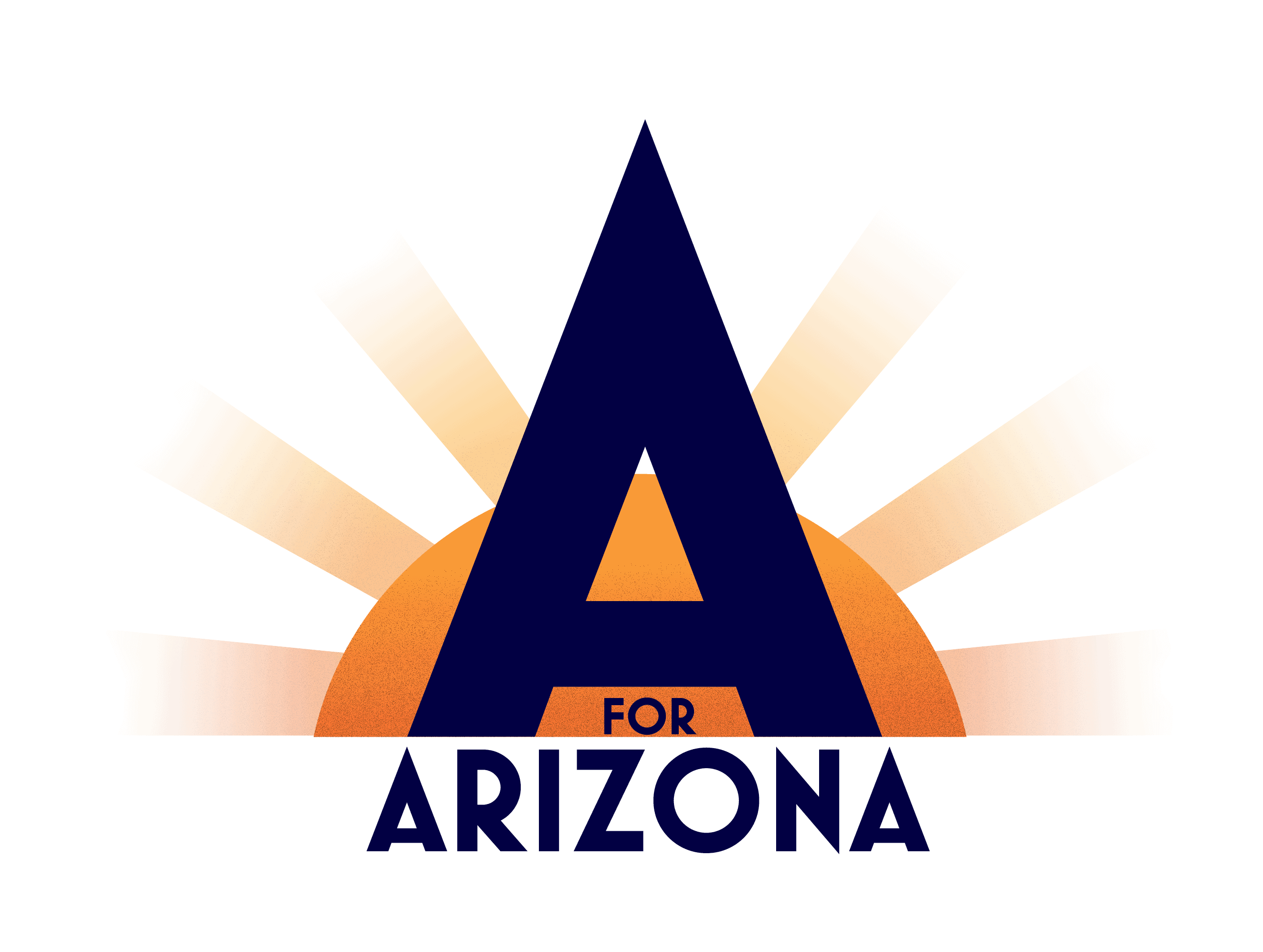THEN
While many have tried to either close the achievement gap for students regardless of race and socioeconomic status, or explain why it’s impossible to do so, a cohort of roughly 100 Arizona schools was quietly laboring and defying the odds when the A for Arizona initiative first launched in 2014.
I was there, and have spent the last 6 years getting to know these principals and system leaders of Arizona’s highest performing low-income schools. I watched these schools help students who start behind because of serious life challenges catch up academically and, as a result, have at their disposal the life choices that only a great education can give you. As a former middle school teacher in Isaac Elementary District here in Phoenix, my colleagues who shared my belief that all students can learn at the highest levels and will rise to those expectations when given the opportunity always inspired me. My teaching experience and involvement with this cadre of exceptional schools has informed a lot of what I know to be true about the systemic culture of failing schools and why now, more than ever, we can’t lose focus on student outcomes.
We learned a lot from these leaders and built our organization around elevating their voices and their work so that more students had an opportunity for a great education and a meaningful future.
Over the course of the last few years, dozens of new laws and regulations have been repealed, amended, or created to leverage the results of these high performers and to accelerate their impact. We believed helping schools that have “figured it out” serve more kids – whether directly or by teaching others willing to do the work – was a strategy hiding in plain sight.
RECENTLY
Fast forward to the unprecedented, statewide closure of K-12 public and private schools. From Nogales to Snowflake, this visionary group of school principals and system leaders continued to drive results for kids by delivering innovative models in this challenging schooling environment. Against the backdrop of the pandemic, their work was even more important to Arizona’s children.
Many took on more students as kids who attended schools that provided few meaningful educational opportunities during the school closures transferred to keep their bright future on track.
Keep in mind, this extra effort to sustain academic progress during school closures was not required by law. Indeed, new research by the Center on Reinventing Public Education revealed that out of 477 school systems analyzed across the country, just 1 in 3 public school systems expected teachers to provide instruction, track student engagement, or even monitor academic progress for all students this spring. But some of Arizona’s leaders remained undeterred. Despite the disruption, they redesigned their instructional models around students’ needs and experience, leveraged Master Teachers, made sure basic needs – such as meals – were provided, and took advantage of temporary waivers on seat time, instructional hours, and AOI restrictions to deliver high quality virtual and digital learning with no excuses for failure. Nothing would shake their belief that every student has potential and the capacity to excel.
Even during a global pandemic.
Students stuck in low-performing schools have limited life choices. Two-plus months of school closures made their position worse. Our most vulnerable students cannot slip even further behind. Which is why it is critical that superstar educators are noticed, their practices scaled up, and their desire to serve more students supported.
OUR FUTURE
There is a great deal of energy around simply reopening school and returning to the way things were before. To blindly do so would be an opportunity missed. Prior to the shut down, only 46% of Arizona’s third grade students were proficient in reading and just 41% of all 8th grade students were prepared to be successful in high school math. Just over half of Arizona high school graduates were enrolled in some form of post-secondary education right after high school and too many high schools did not send a single student to college.
Now is the time to reevaluate, reimagine, and recalibrate the way we serve Arizona students and put them first in the educational redesign the pandemic brought to our doorstep. At A for Arizona, we will continue to look to our exceptional educators to lead the way.

